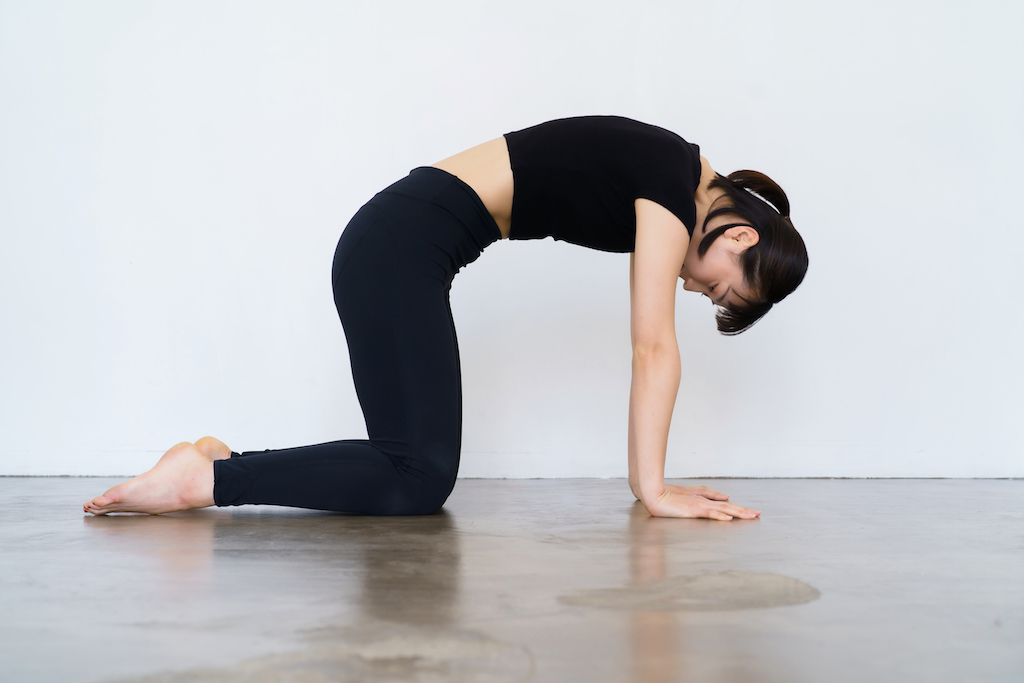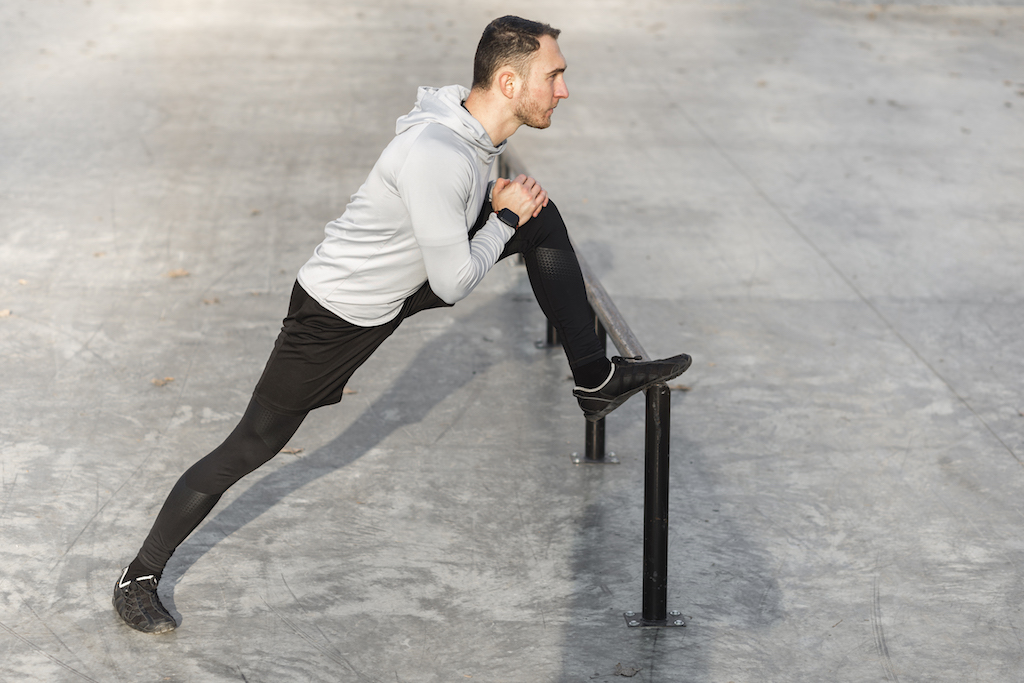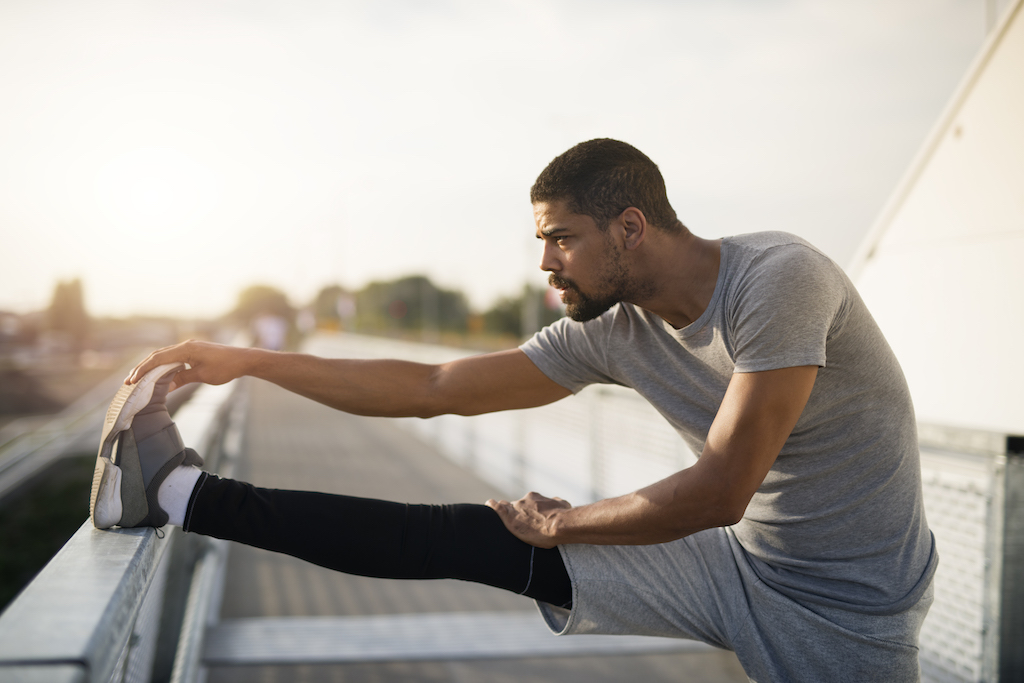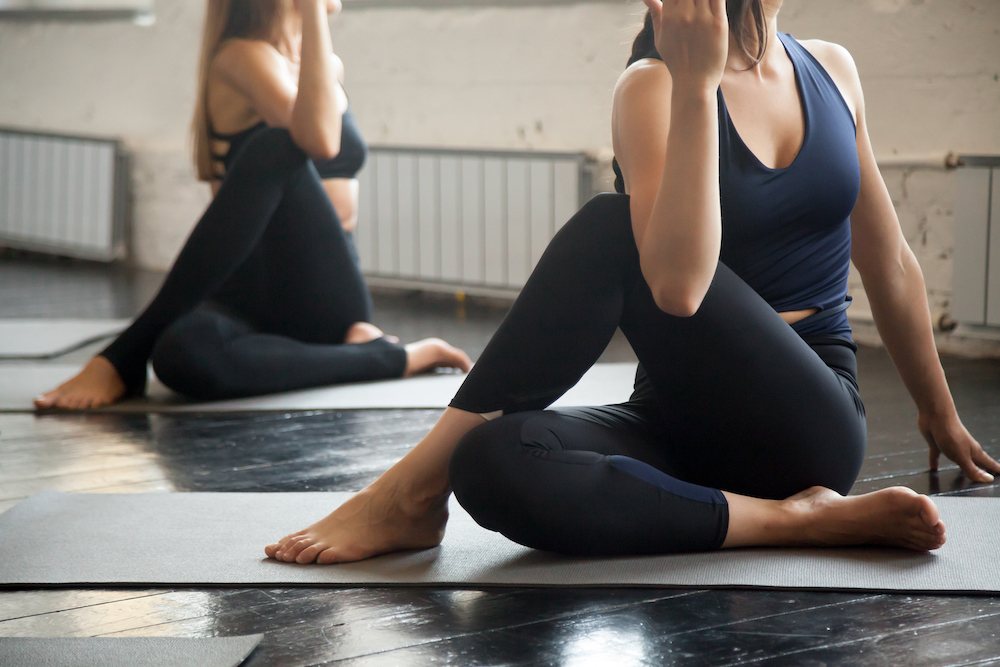When it comes to fitness, we often focus on the intense, heart-pounding moments of our workouts. We strive to push our limits, lift heavier weights, run faster, and sweat profusely. While these aspects are crucial for improving our physical fitness, there is another often-overlooked component that plays a vital role in our overall well-being – stretching after a workout.
Your #1 fitness app available on:

Stretching is not just for yogis or dancers; it should be an integral part of every fitness routine. In this article, we will explore the importance of stretching after a workout, the benefits it offers, and the different types of stretches you can incorporate into your post-workout routine. Whether you are a seasoned athlete or a novice at the gym, understanding the significance of stretching will help you optimize your fitness journey.
The basics of stretching
Before delving into the specifics of post-workout stretching, let’s cover the fundamentals. Stretching is the act of lengthening and elongating the muscles and tendons in your body. It helps improve flexibility, range of motion, and overall muscle function. There are two main categories of stretching:
Static stretching:
In static stretching, you hold a stretch for a specific amount of time without any movement. This type of stretching is often used for improving flexibility and relaxing muscles.

Dynamic stretching:
Dynamic stretching involves moving your muscles and joints through their full range of motion. It’s typically used as part of a warm-up routine before exercising to prepare the body for movement.

Now, let’s shift our focus to post-workout stretching and why it’s an essential component of any fitness regimen.
The benefits of stretching after your workout
Muscle recovery
One of the primary benefits of post-workout stretching is muscle recovery. After an intense workout, your muscles are fatigued, and some may even be slightly damaged. Stretching helps alleviate muscle tension and soreness by increasing blood flow to the area, which aids in the removal of waste products and promotes the delivery of nutrients and oxygen to the muscles. This process accelerates the healing and recovery of muscle tissues, reducing the risk of injury.
Improved flexibility
Flexibility is the range of motion your joints and muscles can achieve. Regular stretching after workouts gradually increases your flexibility, allowing you to move more freely in your daily life and during exercise. Enhanced flexibility also reduces the risk of muscle imbalances and the likelihood of straining or tearing muscles.
Enhanced posture
Sitting at desks and hunching over screens have become commonplace in our modern lives, leading to poor posture and associated health issues. Stretching after a workout can help correct these imbalances by lengthening tight muscles and strengthening weak ones. Improved posture not only reduces the risk of injury but also promotes a healthier spine and greater overall comfort.

Stress reduction
Exercise itself is an excellent stress reliever, but adding stretching to your post-workout routine can enhance this effect. Stretching encourages relaxation by stimulating the release of endorphins – your body’s natural mood boosters. This can help reduce stress, improve your mental well-being, and contribute to a more balanced, healthier lifestyle.
Prevention of injury
Stretching after a workout is a proactive approach to injury prevention. When you neglect stretching, your muscles can become tight and inflexible, increasing the risk of strains, sprains, and other injuries. Incorporating stretching into your routine helps maintain muscle elasticity and balance, reducing the chances of accidents during physical activity.
Better circulation
Stretching promotes improved blood circulation throughout the body. This enhanced circulation carries oxygen and nutrients to the muscles, aiding in their recovery and overall health. It also helps remove metabolic waste products that can build up during exercise, reducing the likelihood of muscle cramps and soreness.

The best post-workout stretches
Now that we understand the importance of stretching after a workout, let’s explore some effective stretches you can incorporate into your routine:
1. Quadriceps stretch
- How to do it: Stand on one leg and bring your other heel toward your buttocks. Hold your ankle with your hand and gently pull your heel closer to your glutes. Hold for 15-30 seconds and switch sides.
2. Hamstring stretch
- How to do it: Sit on the floor with one leg extended straight and the other leg bent so that the sole of your foot is against the inner thigh of your extended leg. Reach for your toes with both hands, keeping your back straight. Hold for 15-30 seconds and switch sides.
3. Calf stretch
- How to do it: Stand facing a wall and place your hands against it at shoulder height. Step one foot back, keeping it straight, and bend the other knee. Lean into the wall to feel a stretch in your calf muscle. Hold for 15-30 seconds and switch sides.
4. Triceps stretch
- How to do it: Raise one arm overhead, bending your elbow. Reach down your back with your other hand, trying to touch your fingertips together. Hold for 15-30 seconds and switch sides.
5. Hip flexor stretch
- How to do it: Kneel on the floor with one knee and place the other foot in front of you with a 90-degree bend at the knee. Lean forward slightly, feeling a stretch in the front of your hip. Hold for 15-30 seconds and switch sides.
6. Child’s pose
- How to do it: Start on your hands and knees, then sit back on your heels while reaching your arms forward. Hold this stretch, focusing on deep breathing and relaxation.
Remember to perform these stretches gently and gradually, never forcing your body into a position that causes pain. Aim to hold each stretch for at least 15-30 seconds, and repeat as needed to address tight areas.
Incorporating stretching into your post-workout routine is not an option; it’s a necessity for maintaining your overall health and fitness. The benefits of stretching, including muscle recovery, improved flexibility, enhanced posture, stress reduction, injury prevention, and better circulation, make it a critical aspect of your fitness journey.

So, the next time you complete a challenging workout, take a few extra minutes to stretch your muscles. Your body will thank you, and you’ll be on your way to a healthier, more flexible, and injury-free future. Stretching is the bridge between a strenuous workout and a rejuvenated body – don’t skip it.

Stretching with Fit at Home
With Fit at Home you can transform your TV into your personal gym. With more than 500 workouts for the whole family you can workout whenever it suits you. Fit at Home will help you to achieve your fitness goals. Whether you want to lose weight, release stress with meditation, improve your strengt with Pilates, let your kids work out more often, doing a full body workout and more. Fit at Home is there for everyone and any goal.